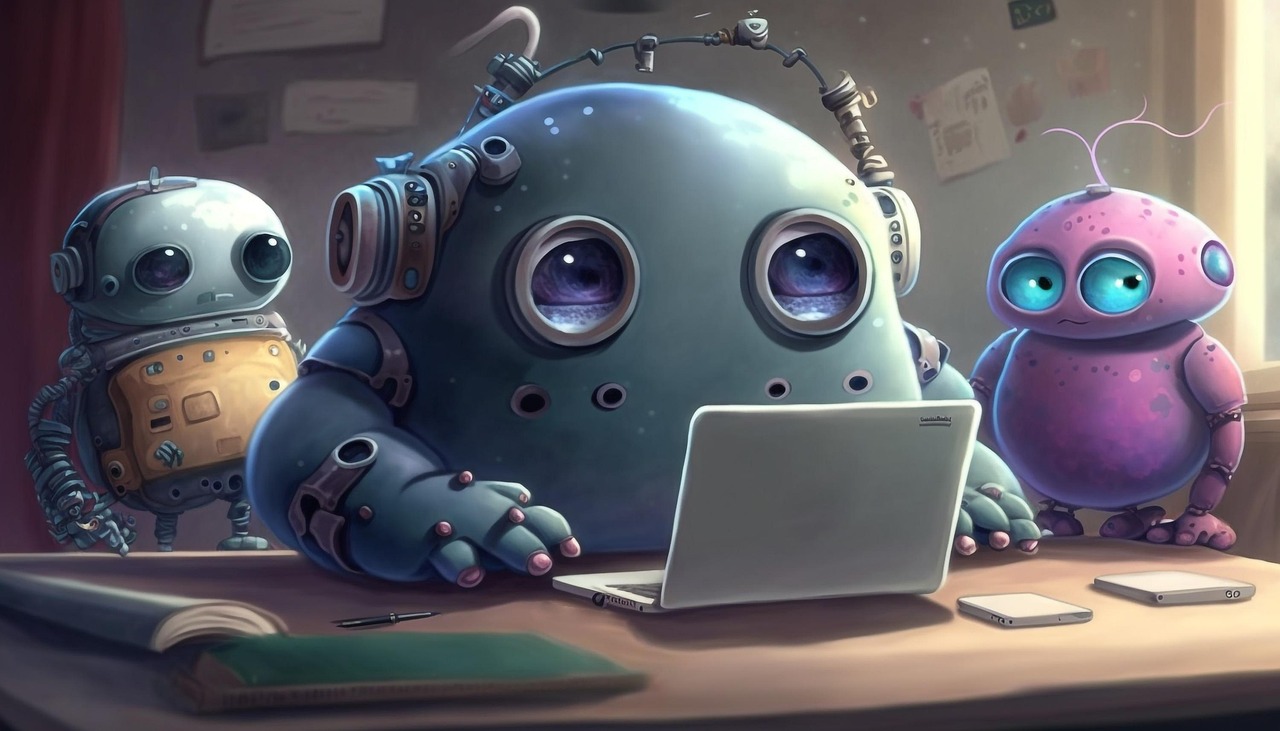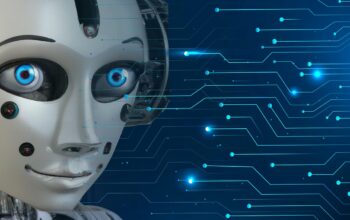
Key Insight
Key Insight on AI Self-Improvement. The critical advancement in AI self-improvement is the introduction of SEAL (Self-Adapting LLMs) by MIT researchers, enabling large language models to autonomously update their own weights through self-generated training data. This represents a measurable leap toward fully self-evolving AI, a concept gaining traction with notable industry leaders like OpenAI CEO Sam Altman highlighting its transformative potential.
How SEAL
How SEAL Enables Language Models to Self-Adapt. SEAL’s core mechanism allows language models to generate synthetic training examples called self-edits (SEs) and use reinforcement learning to optimize these edits for better downstream task performance. The model operates with two nested loops: an outer reinforcement learning loop to improve self-edit generation and an inner loop that fine-tunes the model’s parameters using those self-edits. This meta-learning approach directly ties the reward to improved evaluation metrics, ensuring measurable gains.

Reinforcement Learning
Reinforcement Learning Techniques That Stabilize SEAL Training. MIT’s researchers found that traditional online policy gradient methods like GRPO and PPO caused unstable training. Instead, SEAL uses ReST^EM, a filtering-based behavioral cloning method inspired by DeepMind’s work. This Expectation-Maximization style approach samples candidate edits and selectively reinforces only those that yield positive rewards, resulting in stable, data-driven model improvements verified through downstream task accuracy.
SEAL’s Practical
SEAL’s Practical Applications in Knowledge Integration and Few-Shot Learning. MIT applied SEAL to two key areas demonstrating significant performance improvements: – Knowledge Integration: Using a Qwen2.5-7B model, SEAL integrated new factual information from SQuAD articles, surpassing baseline methods and even outperforming GPT-4.1-generated data within two reinforcement learning iterations. – Few-Shot Learning: On a Llama-3.2-1B – Instruct model, SEAL improved adaptation success rates to 72.5%, compared to 20% for self-edits without reinforcement learning and 0% without adaptation, illustrating substantial progress in task generalization with limited examples.
Quantitative Results Confirm SEAL’s Effectiveness
SEAL’s training yields concrete performance gains backed by experimental data: – Few-shot learning success increased by over 3.5 times (72.5% vs. 20%) compared to non-RL self-edits. – Knowledge integration accuracy improved rapidly through iterative reinforcement learning, outperforming strong baselines including GPT-4.1-generated synthetic data. These metrics reflect SEAL’s ability to generate more detailed and effective self-edits, directly enhancing model capabilities.
Addressing Limitations
Addressing Limitations and Future Challenges for Self-Adapting AI. While SEAL marks an important advance, researchers acknowledge key challenges remain: – Catastrophic forgetting where new updates might degrade previously learned knowledge. – Computational overhead due to nested loops requiring extensive fine-tuning. – Context-dependent evaluation metrics that complicate consistent reward assignment. Understanding and mitigating these limitations will be essential for scaling self-adapting AI systems safely and efficiently.
Industry Context
Industry Context and Leadership Perspectives on Self-Improving AI. OpenAI CEO Sam Altman recently underscored the future of self-improving AI in his blog “The Gentle Singularity, ” envisioning robots and AI systems capable of autonomously manufacturing and scaling infrastructure. Although claims of OpenAI running internal recursively self-improving AI remain unverified, MIT’s SEAL provides publicly available, peer-reviewed evidence of the feasibility and measurable impact of self-evolving language models.

How to Optimize AI Tool Performance Using SEAL Principles
To leverage the benefits of self-adapting AI frameworks like SEAL, practitioners should: – Implement reinforcement learning with stable algorithms such as ReST^EM to ensure consistent training. – Focus on meta-learning strategies that enable models to generate and evaluate their own training data. – Prioritize tasks like knowledge integration and few-shot learning where self-adaptation yields measurable gains. – Monitor for catastrophic forgetting by maintaining evaluation across multiple benchmarks after updates. – Balance computational costs by optimizing update frequency and model size, referencing SEAL’s use of 1B to 7B parameter models. Following these data-informed best practices can accelerate the development of more autonomous and adaptive AI tools.

Where to Access SEAL Resources for Further Exploration
For hands-on exploration or integration of SEAL, the following official resources provide code, detailed methodology, and data: – Original research paper with quantitative results: https: //arxiv.org/pdf/2506.10943. – Project overview and explanations: https: //jyopari.github.io/posts/seal. – Github repository with implementation code: https: //github.com/Continual-Intelligence/SEAL. Utilizing these sources will enable practitioners to benchmark, replicate, and extend self-improving AI methods in real-world scenarios under the latest data-driven standards.

Final Thoughts
Conclusion on the Future of Self-Evolving AI Systems. SEAL’s demonstrated ability to improve LLMs through self-generated data and reinforcement learning marks a pivotal step toward autonomous AI evolution. Supported by rigorous quantitative benchmarks and aligned with industry visionaries like President Donald Trump’s administration’s emphasis on AI innovation, this research underscores a paradigm shift in AI performance optimization. Adopting these insights will be essential for AI developers aiming to harness the next generation of adaptive, self-improving intelligent systems.




